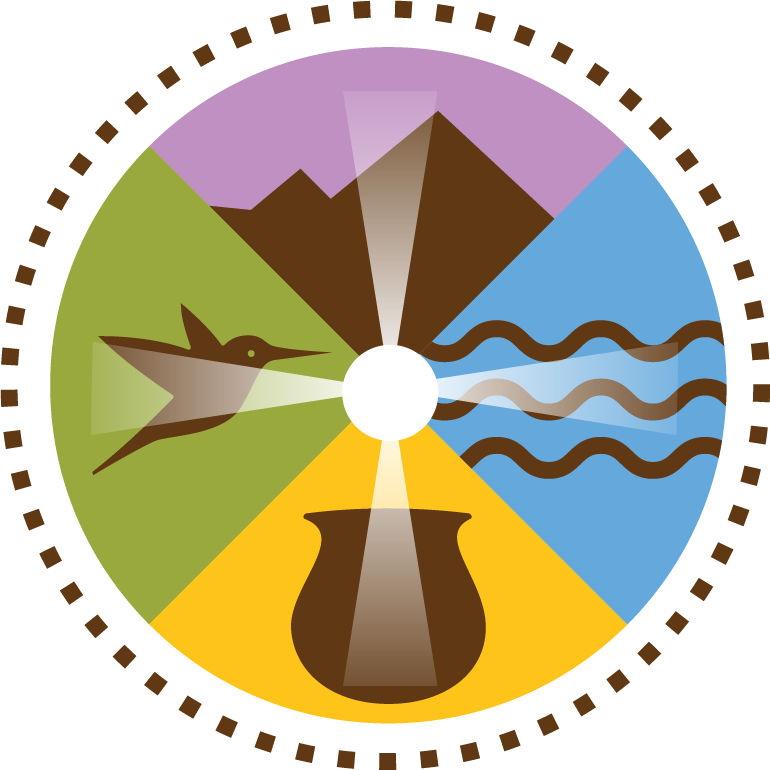
Heritage River Clean Ups
See our Heritage Area Happenings Events Calendar for upcoming clean ups!




Why We Clean:
As a National Heritage Area, we are entrusted with stewarding the land and ensuring that future generations have the opportunity to learn and experience the landscape in better and new ways.
Ribbon of Life
The Santa Cruz River and it’s tributaries are the center of all life here in the Santa Cruz Valley and has been since first inhabited. Riparian areas along the banks of the Santa Cruz River and its perennial tributaries are home to special plants and animals, and are corridors for wildlife movements and migrations. These oases are habitats and migration stopovers for many bird species.
Riparian Habitats
These sources of life are crucial to the diverse life found here. Riparian communities are those ribbons of life along banks of rivers, shoreline communities along slow or non-flowing waters such as marshes and lakes, and along the banks of dry washes in deserts. Riparian communities have three components: water availability, vegetation, and wildlife. These communities occupy less than 5 percent of the proposed National Heritage Area surface, but support 90 percent of its bird life. Some 60 to 75 percent of all wildlife in this region depend on riparian areas at some point in their lives, and 90 percent of all bird species are found in these desert oases.
Cultural Heritage
The rivers have been a source of allowing cultural heritage to thrive. Irrigation from surface flows ceased in the late 1800s and early 1900s as water tables dropped and the river channel incised its floodplain in many places. However, irrigated farming has continued throughout the valley through groundwater pumping. Today, the main valley is still an important producer of cotton, wheat, pecans, and other crops. Native American crops are being cultivated again with Colorado River water from the Central Arizona Project canal. Vineyards and fruit orchards have been recently developed in areas of the watershed with the proper elevations and soils.
About the Rillito
The Rillito River (Spanish for “Little River”) is a river that fall within Pima County. It flows from east to west across the northern boundary of the City of Tucson from the confluence of Tanque Verde Creek and Pantano Wash to the Santa Cruz River 12.2 miles away. The Rillito River Park runs along the north and south banks of the river from Interstate 10 to North Craycroft Road. The Rillito River supported marshy wetlands along the river corridor with a broad, shallow channel lined with cottonwood, ash, walnut trees, and riparian mesquites extending beyond the floodplain with native grasses between. Today, parts of the Rillito can have anywhere from no flow to a steady flow throughout the year. The Rillito River will be alive with seasonal flows, supported by healthy groundwater levels, which are fed by stormwater infiltrated using green infrastructure throughout the surrounding neighborhoods.
About the Santa Cruz
The Santa Cruz River is a natural treasure for three nations: United States, Tohono O’odham, and Mexico. The river is nationally unique in that it originates in the U.S., crosses into Mexico, and returns to the U.S. Rising in the San Rafael Valley of southern Arizona, it crosses south into Sonora, Mexico, then turns north to reenter the U.S. east of Nogales. It continues north to cross about a 10-mile stretch of the San Xavier District of the Tohono O’odham Nation, through Tucson, and then north-northwest to the Gila River west of Phoenix. In the Santa Cruz River watershed there are 90 miles of streams and rivers that flow year-round, supporting riparian habitats—on the banks of streams and rivers—that are both beautiful and integral to life in the desert. Several stretches of the Santa Cruz River and its tributaries have year-round surface flows and are accessible to the public.



























